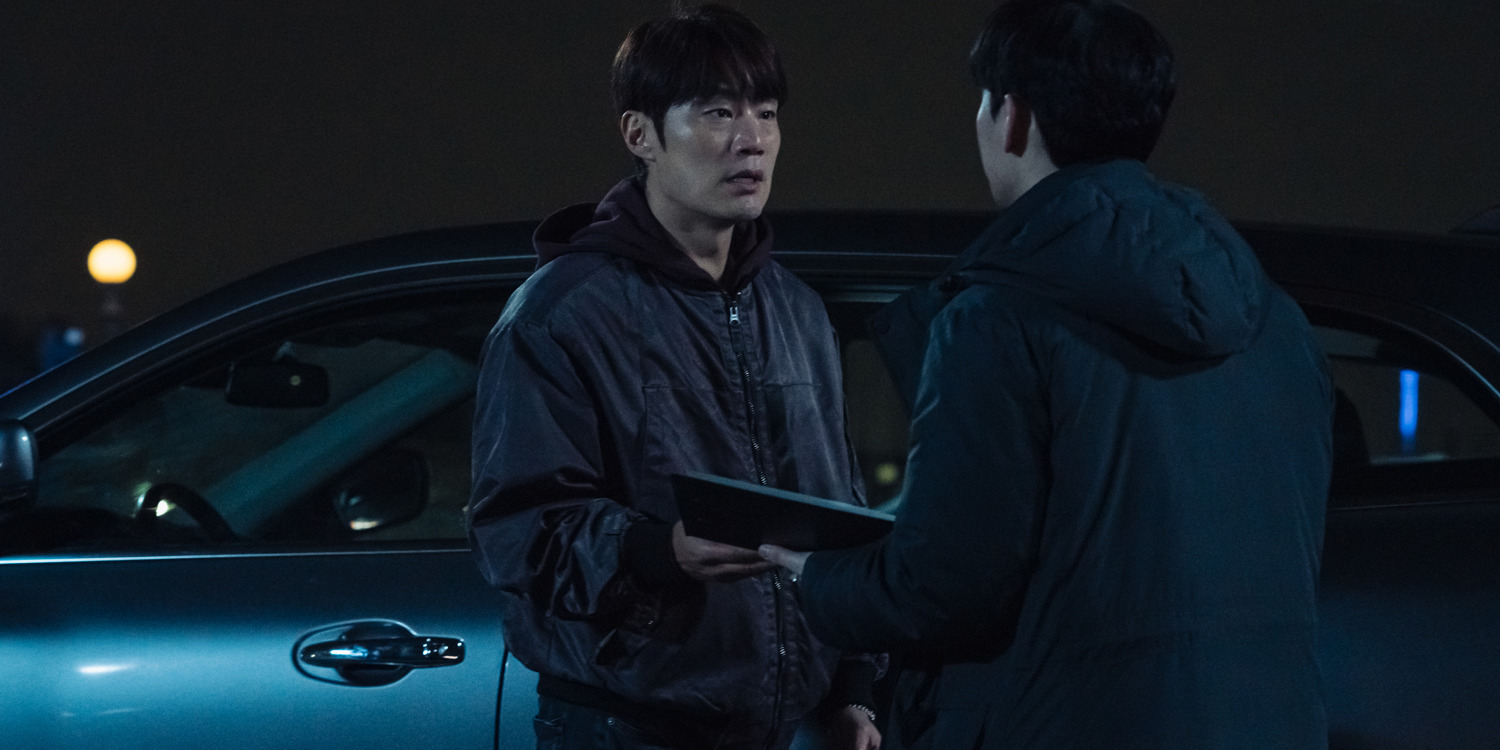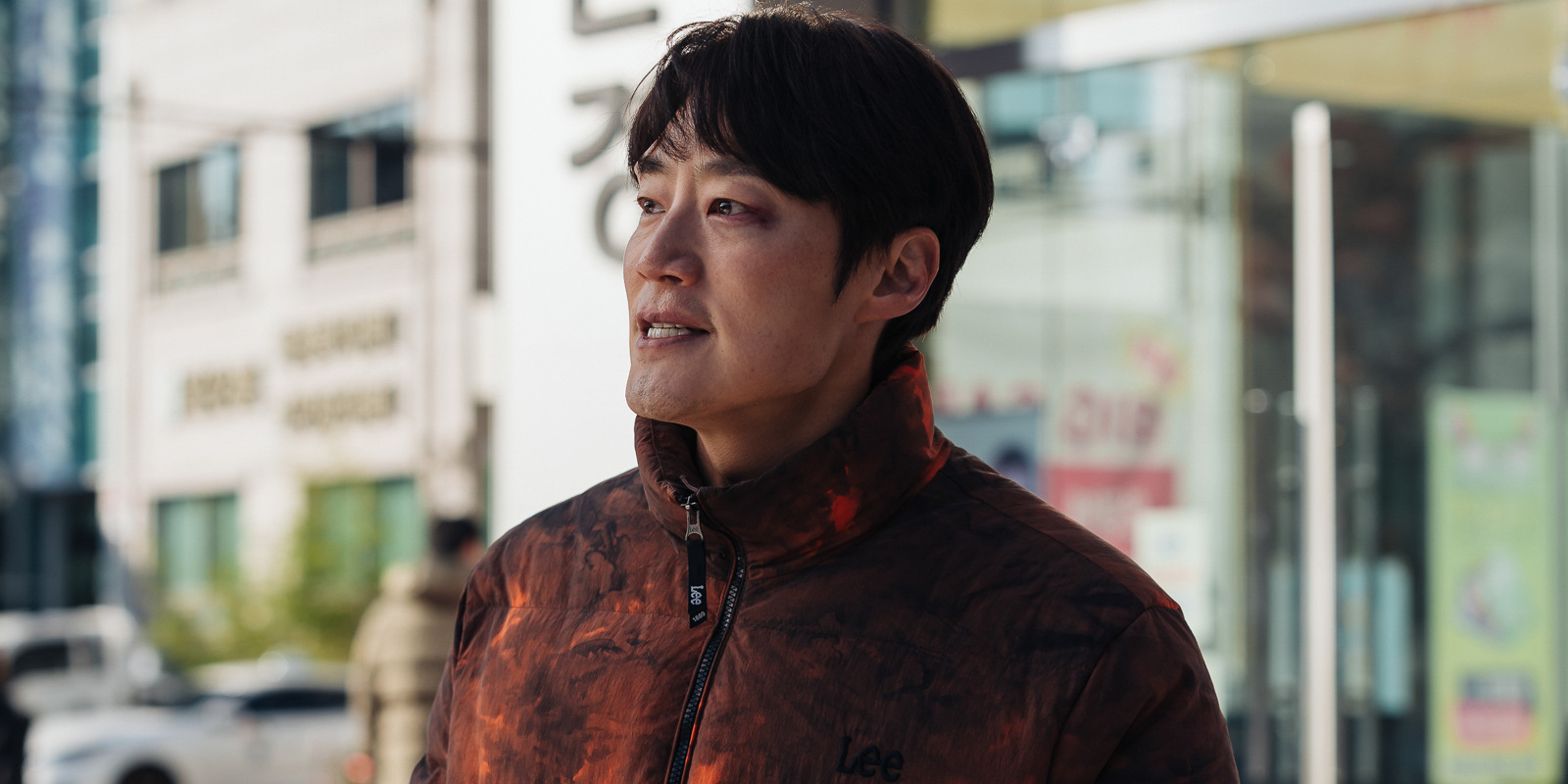In Netflix’s ‘Karma,’ one planned murder inadvertently interconnects the stories of six individuals who are fated to drive and influence each other’s lives in intriguing ways. The story finds its footing in Guhoe, the hometown of four out of the six central characters—and the place where Park Jae-yeong decides to kill his own father for his selfish interests. His insurance fraud plot initially only includes criminally inclined worker Gil-ryong. Yet, it isn’t long before it eventually branches out to a clueless acupuncturist, his girlfriend, and a man who witnesses the worst of their recklessness.
Ultimately, as these individuals find themselves facing the reality of their moral comeuppance, it compels a kind-hearted doctor, Lee Ju-yeon, to confront her own fraught past. Thus, alongside the central crime, Guhoe also becomes home to several characters, witnessing the very beginning of their stories. However, does this fateful town hold any off-screen counterparts?
Guhoe is a Fictional Town That Remains a Narrative Nucleus in the Show
‘Karma,’ originally known as ‘Akyeon,’ is a riveting show that explores the narratives of six seemingly unrelated characters who end up sharing more in common than imagined. While their connecting link is most notably prominent in their narrative and thematic journeys, some of the characters also hail from the same hometown of Guhoe. Nonetheless, much like the story itself, the town is also a simple work of fiction. The show is based on an eponymous Webtoon written by Choi See-hun. As such, the closest connection that the on-screen city has remains Guhwe, the similarly fictitious town in Choi’s work.

Much like the Webtoon’s Guhwe, Guhoe also serves as a narrative center where the central plot unfolds. Even though Jae-yeong, the initial protagonist of the story, lives in a different city, he travels to his childhood home to half-heartedly look after his dad while pestering him for money. Inevitably, he comes up with the idea of putting out a hit on his father to reap the wealth of his life insurance payout. From there, the father, Dong-sik’s death, leads to unexpected roads, roping other characters into the crime, condemning their own narratives. Furthermore, a tragedy of the town’s past also ends up playing a crucial overarching role in the storyline.
Thus, as the show creates a defined and extensive lore for its on-screen town, it inevitably adds a layer of realism to Guhoe. Through a local high school, where dynamics between fellow graduates follow the seniority rules of social hierarchies, the relationships among the residents and ex-residents of this town are also fleshed out. Therefore, even though no direct counterpart exists for the town in real life, such small attention to detail paints an authentic and realistic image of the place. Even so, ultimately, Guhoe remains confined within the show’s fictitious confines, created to serve its narrative purposes.


